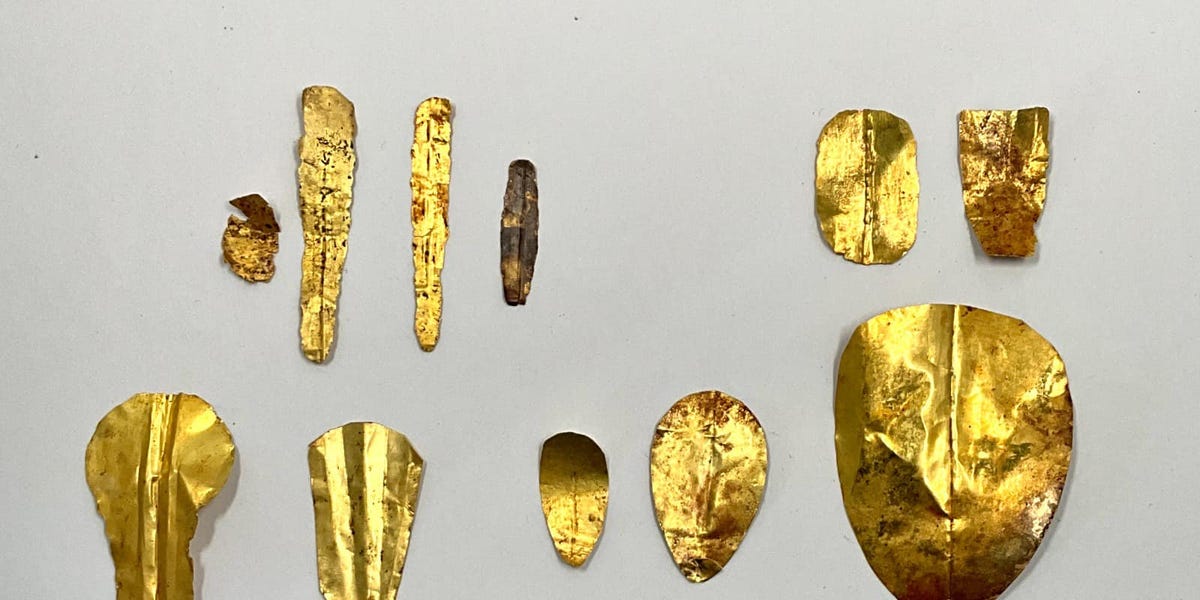Global Population Count May Be Severely Underestimated: Shocking Rural Data Gaps

A new study suggests the global population may be significantly underestimated, particularly in rural areas. Researchers from Aalto University in Finland, by analyzing data from 300 rural dam projects across 35 countries, found discrepancies between these independent population counts and other population data gathered between 1975 and 2010, indicating a potential underestimation of rural populations by 53% to 84%. This finding could have major implications for resource allocation, but other experts remain skeptical, arguing that decades of population data collection are unlikely to be off by such a wide margin.
Read more

